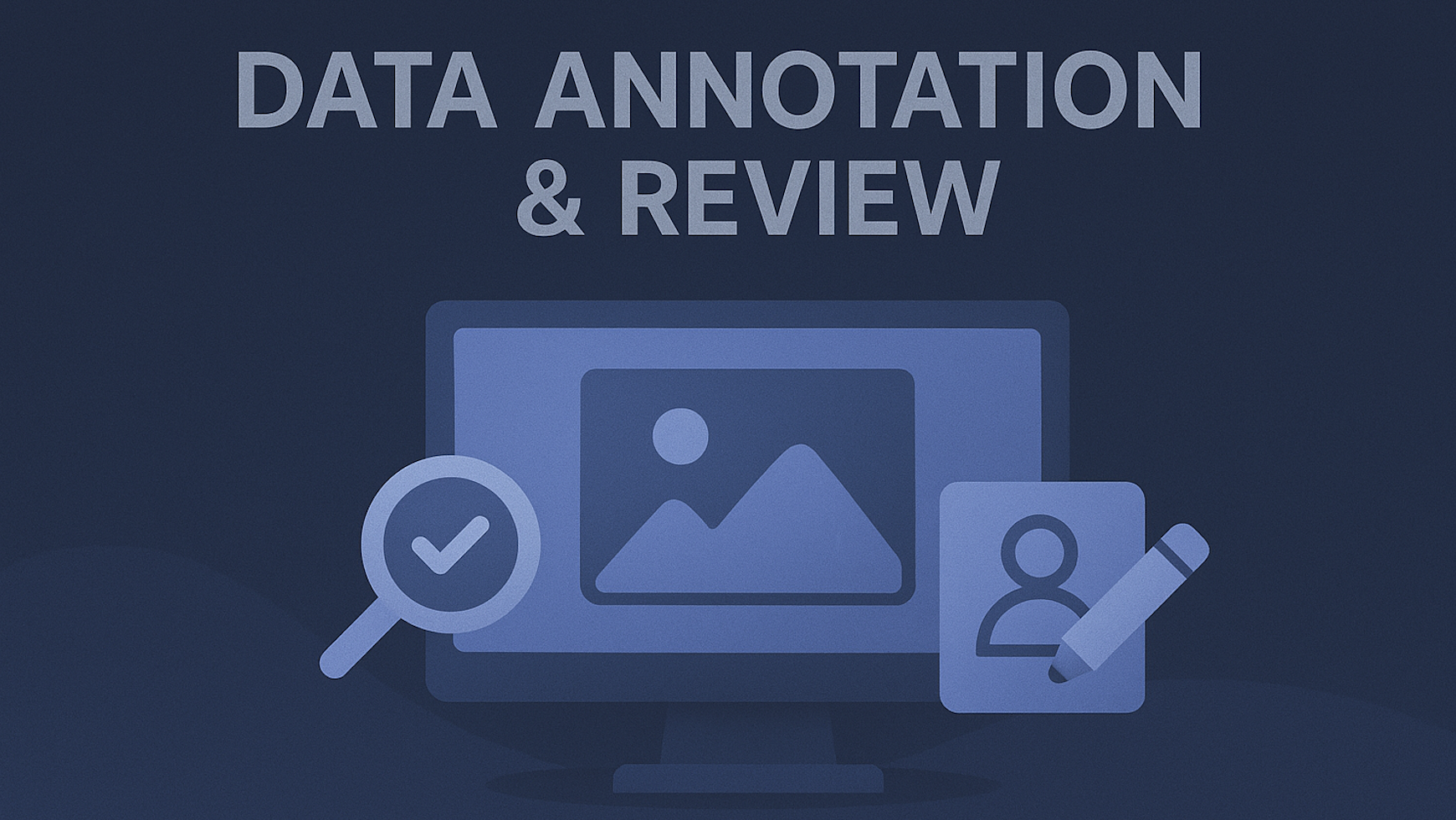Data Annotation That Feeds AI Success
A machine learning model is only as good as the data it's trained on — and the quality of that data depends on how it's labeled. At WosoM, we specialize in data annotation workflows that strike a balance between automation speed and human precision.
1. Hybrid Annotation Strategy
We use AI-assisted tools to accelerate labeling — bounding boxes, segmentation, NER, OCR overlays — followed by human-in-the-loop verification. This reduces cost while maintaining high-quality ground truth labels.
2. Custom Taxonomies & Guidelines
We don't use generic labels. Every project begins with a tailored taxonomy and annotation manual co-created with the client. This includes edge case handling, label hierarchy, and context rules.
- Named entity disambiguation
- Domain-specific tagging (e.g., legal clauses, medical symptoms)
- Multi-label and span overlaps
3. QA and Reviewer Layer
Every label goes through at least two passes — annotator and reviewer. We also apply programmatic checks (consistency, density, agreement scores) before shipping final datasets.
{
"text": "Patient has persistent cough and fatigue.",
"entities": [
{"label": "symptom", "start": 14, "end": 29},
{"label": "symptom", "start": 34, "end": 41}
]
}4. Supported Formats & Tools
We support industry-standard formats (COCO, Pascal VOC, spaCy, CSV, JSONL) and tools like Label Studio, CVAT, and Roboflow. Need integration with your system? We’ll build a plugin for it.
“A 95% accurate label set is good. A 99% consistent one — that’s production-grade.”
 image credit: Leew Way Hertz Blog
image credit: Leew Way Hertz Blog“Annotation isn’t just labeling — it’s knowledge encoding.”


